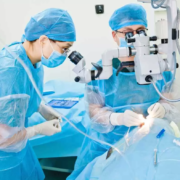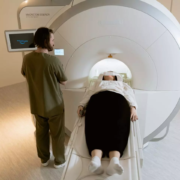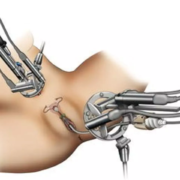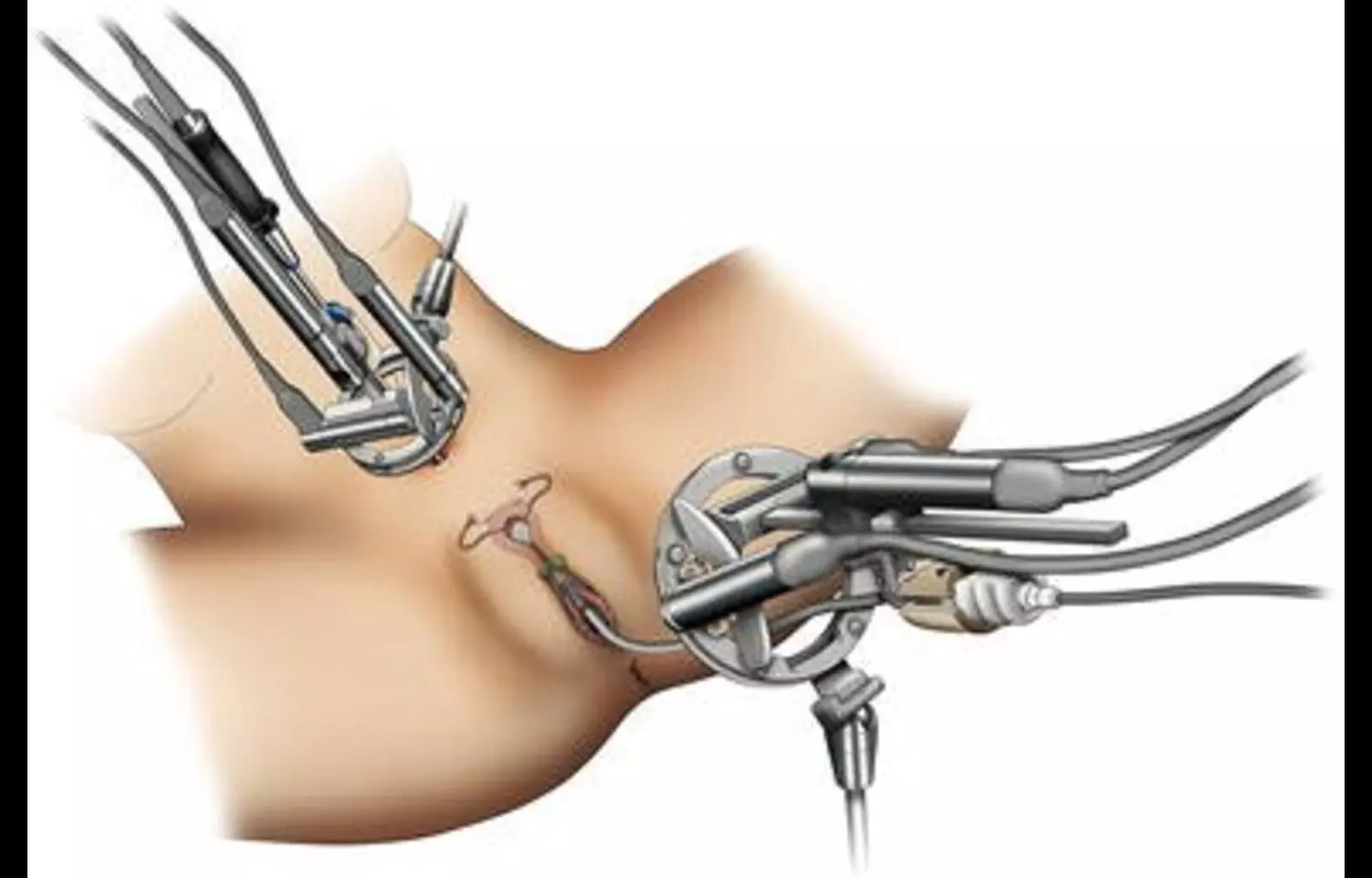Breaking News: Study evaluates Impact of Down Syndrome Diagnoses on Maternal Well-Being

Recent study focused on mothers’ experiences receiving a Down syndrome diagnosis, aiming to discern its impact on their emotional well-being and child care. Analyzing data from 40 mothers—42.5% receiving a prenatal diagnosis, 17.5% during labor/delivery, and 40% postnatally—the investigation employed reflexive thematic analysis to derive four pivotal themes: the identity of the person delivering the news, the timing of the diagnosis, the setting in which it was communicated, and unexpectedly positive experiences that arose even in this largely distressing context.
Communication Inadequacies
The findings illuminated crucial inadequacies in how healthcare professionals communicate such sensitive information. Many mothers noted a lack of empathy and training among medical practitioners, often reporting that the delivery of the diagnosis was cold and devoid of supportive guidance. Miscommunication was prevalent, with some mothers receiving inaccurate information, like fatalistic predictions regarding their child’s future. This suggests a pressing need for enhanced training focused on both medical knowledge and empathetic communication skills among healthcare providers. Timing proved significant in shaping maternal experiences. While responses varied, mothers who received prenatal diagnoses generally felt more prepared and less distressed than those informed during labor or shortly after birth, who frequently reported feelings of shock and grief. For some, prenatal awareness facilitated emotional preparedness, allowing them to seek information and adjust expectations regarding their child’s arrival.
Contextual Influences
The contextual setting of the diagnosis delivery also played a crucial role. Many mothers reported inappropriate settings—like operating rooms or hospital corridors—where privacy was lacking. This contributed to a negative emotional impact during an already stress-laden period. In contrast, a minority of experiences characterized as positive were characterized by compassionate delivery and provision of resources and support information.
Need for Systematic Reforms
The findings underscore the overarching necessity for systematic reforms in how healthcare professionals communicate diagnoses of Down syndrome. Establishing standardized protocols that emphasize empathy and accuracy is essential. Training should not only inform healthcare professionals about Down syndrome but enhance their sensitivity to the emotional landscape mothers navigate upon receiving such news.
Conclusion and Future Directions
In conclusion, addressing these communication challenges is vital for fostering supportive environments that enable families to cope with and thrive following a Down syndrome diagnosis. Future studies should further explore how demographic variables and context influence these experiences, aiming to enhance the emotional support offered within healthcare settings.
Key Points
– -Emotional Impact of Diagnosis-: Analysis of experiences from 40 mothers revealed significant emotional ramifications dependent on the timing and setting of the Down syndrome diagnosis. Mothers receiving prenatal diagnoses reported feeling more prepared, whereas those informed during labor or postnatally often experienced shock and grief.
– -Communication Deficiencies-: Many healthcare professionals demonstrated inadequate communication skills, with mothers citing a lack of empathy, cold delivery, and misinformation concerning their child’s prognosis. The prevalence of miscommunication indicates a critical need for improved compassion and accuracy among practitioners.
– -Contextual Effects-: The environment in which the diagnosis was communicated significantly affected mothers’ emotional responses. Many described inappropriate settings lacking privacy, such as operating theatres or hallway discussions, exacerbating their distress.
– -Calls for Systematic Reform-: Findings emphasize the urgent necessity for healthcare reforms, advocating for standardized protocols that prioritize both empathetic communication and accurate information provision specific to Down syndrome.
– -Training Highlights-: Future training initiatives should not only educate healthcare providers on the medical aspects of Down syndrome but must also cultivate skills related to empathetic engagement and emotional support for families during this challenging time.
– -Future Research Directions-: Recommendations for future studies include investigating the impact of demographic factors and contextual variables on maternal experiences, with a goal of enhancing emotional support mechanisms within healthcare environments post-diagnosis.
Reference –
Marcela Tenorio D et al. (2025). Your Baby Has Down Syndrome: A Reflexive Thematic Analysis Of Breaking The News To Parents. *BMC Pregnancy And Childbirth*, 25. https://doi.org/10.1186/s12884-025-07665-2.
Powered by WPeMatico









